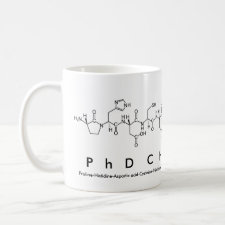
Authors: Cao YC, Hu XL, Zhao T, Mao YH, Fang GZ, Wang S
Article Title: A core-shell molecularly imprinted optical sensor based on the upconversion nanoparticles decorated with Zinc-based metal-organic framework for selective and rapid detection of octopamine.
Publication date: 2021
Journal: Sensors and Actuators B: Chemical
Volume: 326
Article Number: 128838.
DOI: 10.1016/j.snb.2020.128838
Alternative URL: https://www.sciencedirect.com/science/article/pii/S0925400520311850
Abstract: A sensitive fluorescent sensor for the detection of octopamine (OA) has been established by encapsulating the upconversion nanoparticles (UCNPs) into the metal-organic frameworks (ZIF-8) and incorporating molecularly imprinted polymer (MIP). The presence of ZIF-8 with high specific surface area and strong stability can improve the dispersity and emission intensity of UCNPs in the organic phase. Meanwhile, ZIF-8 membrane reduced the mass transfer resistance and adsorption time of molecularly imprinted polymers. Thus, the final UCNPs@ZIF-8@MIP sensor has exhibited the excellent optical property and the superior selective recognition ability, which was similar to natural receptors. Under the optimum condition, the fluorescence intensity of UCNPs@ZIF-8@MIP increased linearly with the concentration of OA in the range of 0.1-10 mg L-1. Compared with traditional detection methods, the current method with the detection limit of 0.081 mg L-1 would yield double functions of specific recognition and quantitative detection for OA without sophisticated preprocessing. At the spiked concentration levels of 2, 4, 6, 8 mg L-1, the recovery range of OA in beer was 81.75%-90.63% with relative standard deviation (RSD) of 2.56-5.13%
Template and target information: octopamine, OA
Author keywords: Upconversion nanoparticles, Metal-organic framework, Octopamine, fluorescent sensor, molecularly imprinted polymer



Join the Society for Molecular Imprinting

New items RSS feed
Sign-up for e-mail updates:
Choose between receiving an occasional newsletter or more frequent e-mail alerts.
Click here to go to the sign-up page.
Is your name elemental or peptidic? Enter your name and find out by clicking either of the buttons below!
Other products you may like:
 MIPdatabase
MIPdatabase









